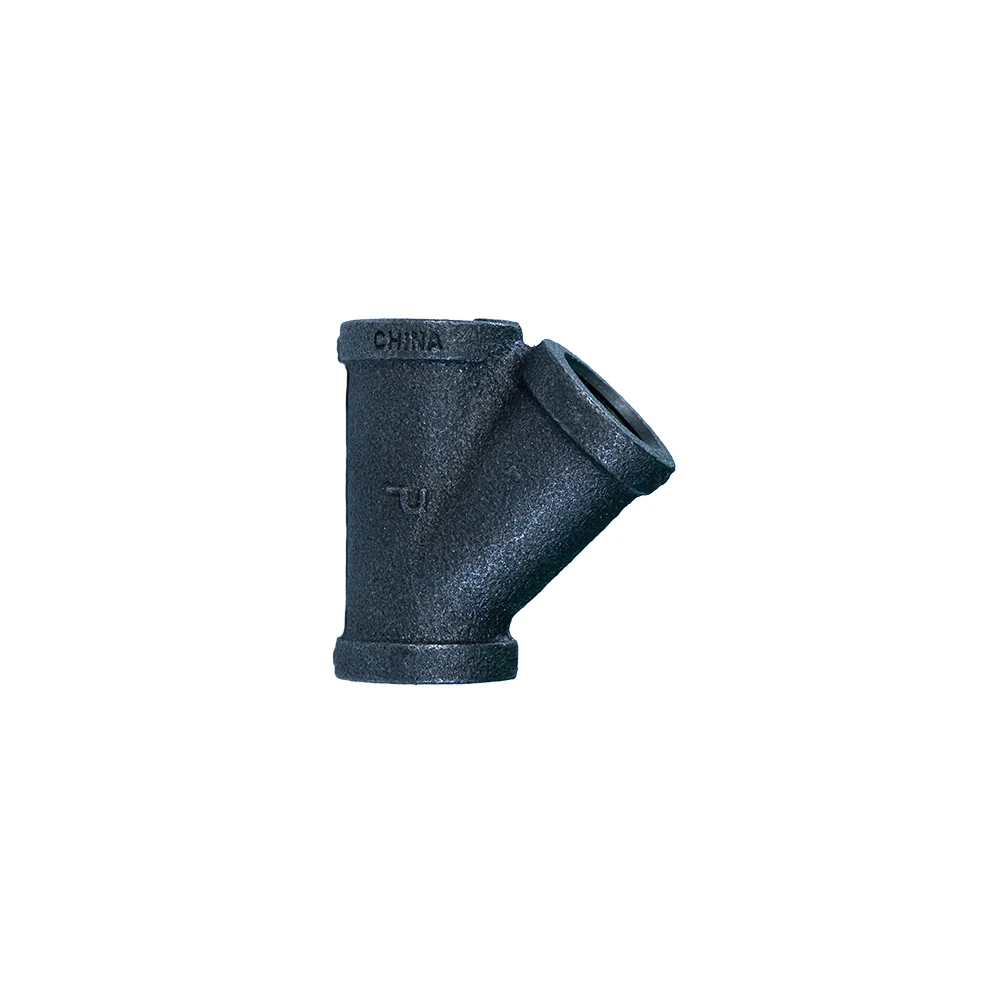Plumbing is an intricate system requiring precision and understanding of various components, particularly fittings that bring individual parts together. Here's a comprehensive guide detailing the different kinds of fittings in plumbing, highlighting their crucial roles in creating a watertight and functional plumbing system.

Fittings are essential in plumbing for directing and controlling the flow of water throughout systems. The wide variety of fittings serves different functions, each made for specific situations and designed to handle various types of pressure and environmental conditions. Here, we list the most common types of plumbing fittings, elucidating their uses to help you navigate your plumbing projects more efficiently.
1. Elbow Fittings These are angled fittings used to change the direction of flow between pipes. The most common elbows are 45 degrees and 90 degrees. They are available in different materials like copper, PVC, or galvanized metal, each suitable for specific uses depending on pressure conditions and whether the system is hot or cold water.

2. Tee Fittings Shaped like the letter “T”, these fittings allow water to flow in two directions at once, with the third opening used to split the line into two directions. Made commonly from materials such as PVC, ABS, or metal, tee fittings come in two types equal tee, where all three openings are the same size, and unequal tee, where the branch is smaller than the main line.
3. Couplings and Unions These fittings connect two pipes in line to extend the length or change pipe size. While couplings are usually permanent, unions allow easy disconnection, making them ideal for repair and maintenance.
4. Reducers and Bushings Utilized for joining pipes of different sizes, reducers are conical shaped to provide a smooth transition. In contrast, bushings are often threaded so they can connect two pieces where neither has the same diameter.
kinds of fittings in plumbing
5. Cross Fittings Less commonly used, cross fittings have four openings in four directions. Their primary use is for sprinkler systems where water direction is vital for achieving full area coverage without the need for multiple tees.
6. Caps and Plugs Used for sealing the end of pipes, caps fit by covering the exterior of the pipe, whereas plugs fit inside them. These components are vital for preventing leaks during pressure testing.
7. Valves An essential component in plumbing, valves control water flow. Types include ball valves, gate valves, and butterfly valves, each serving different functions ranging from on/off control to regulating flow.
8. Adapters Used to change the end of a pipe to a male or female, threaded or smooth, adapter fittings allow quick and easy multi-purpose installation in systems that transition between materials.
9. Flanges These fittings provide easy assembly and disassembly of piping systems; they are generally used in industrial applications. Flanges come in various sizes and shapes, sealed with gaskets to prevent leaks.
Understanding the types and applications of these fittings is essential for both DIY enthusiasts and professional plumbers aiming to ensure safe and efficient plumbing systems. Selecting the correct fitting is critical, as improper usage can lead to system inefficiencies, leaks, and even severe water damage. Always consult with a plumbing professional to assess the requirements and constraints of your specific project, ensuring reliability and durability of your installations. With their expertise,
you can confidently choose fittings that best suit your plumbing needs.
Post time:
يناير-10-2025











